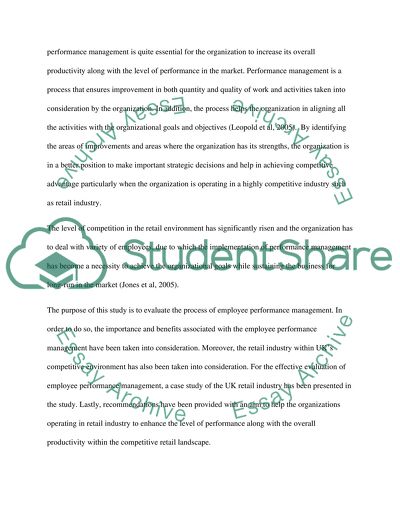Cite this document
(“Importance of employee performance management in retail Industry Essay”, n.d.)
Retrieved from https://studentshare.org/human-resources/1483132-importance-of-employee-performance-management-in
Retrieved from https://studentshare.org/human-resources/1483132-importance-of-employee-performance-management-in
(Importance of Employee Performance Management in Retail Industry Essay)
https://studentshare.org/human-resources/1483132-importance-of-employee-performance-management-in.
https://studentshare.org/human-resources/1483132-importance-of-employee-performance-management-in.
“Importance of Employee Performance Management in Retail Industry Essay”, n.d. https://studentshare.org/human-resources/1483132-importance-of-employee-performance-management-in.


